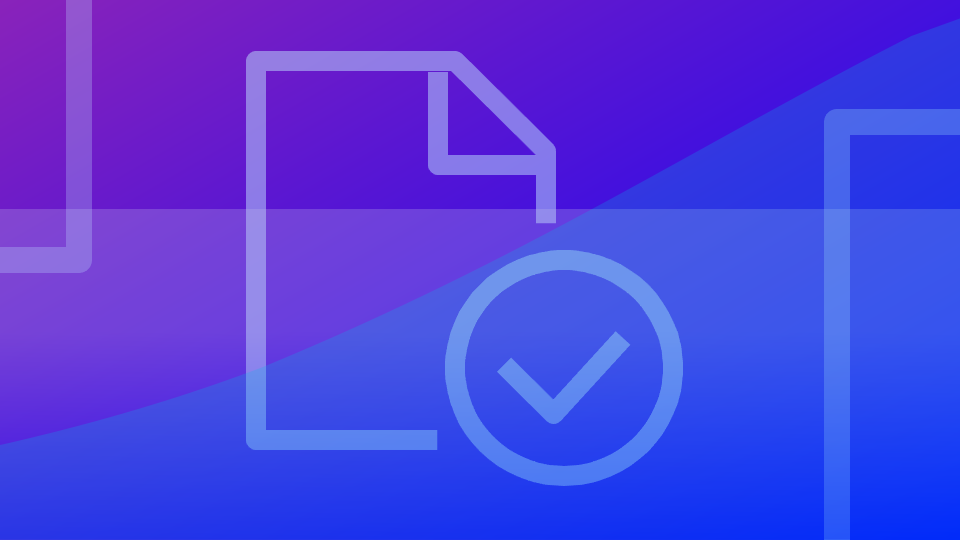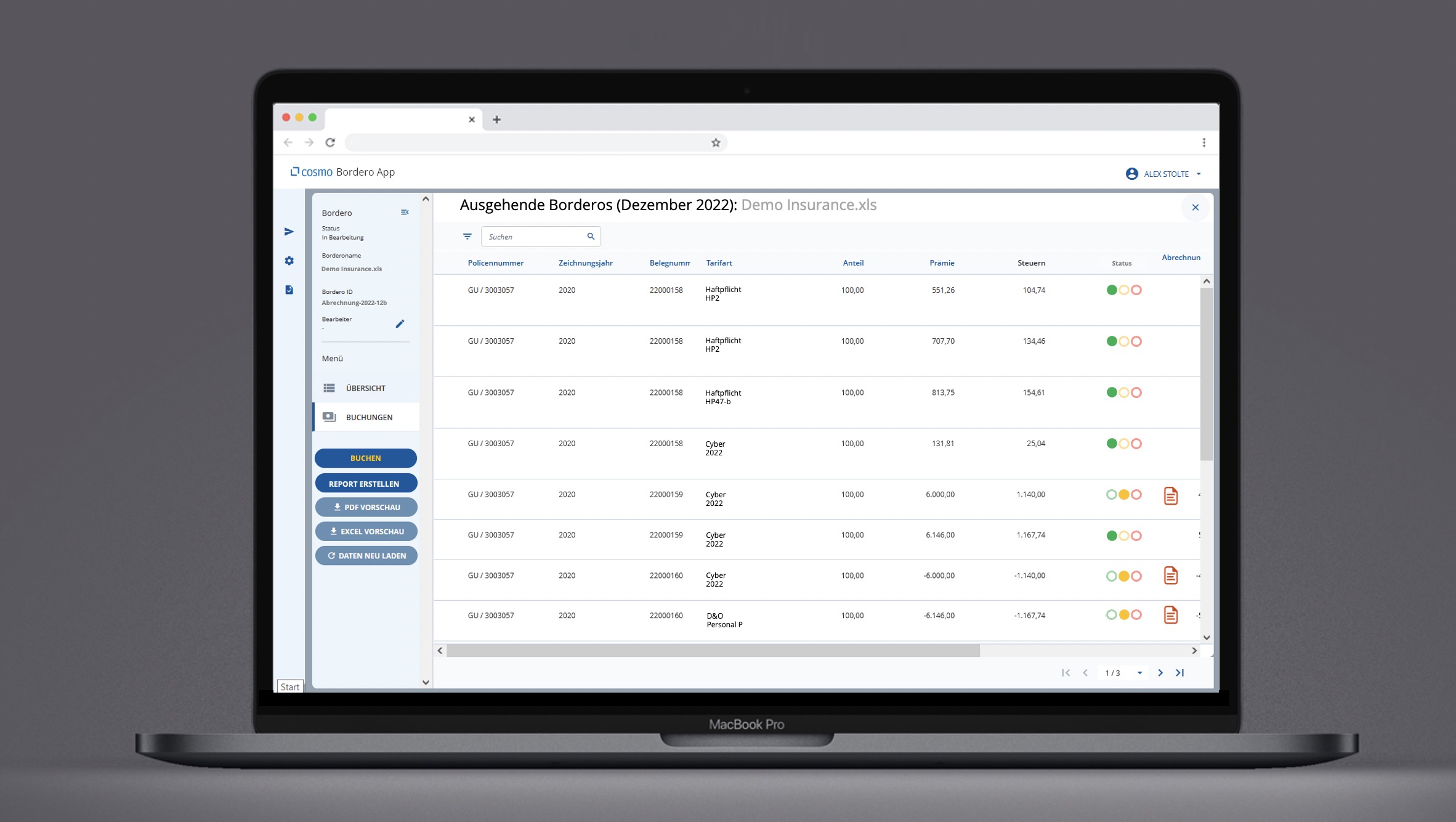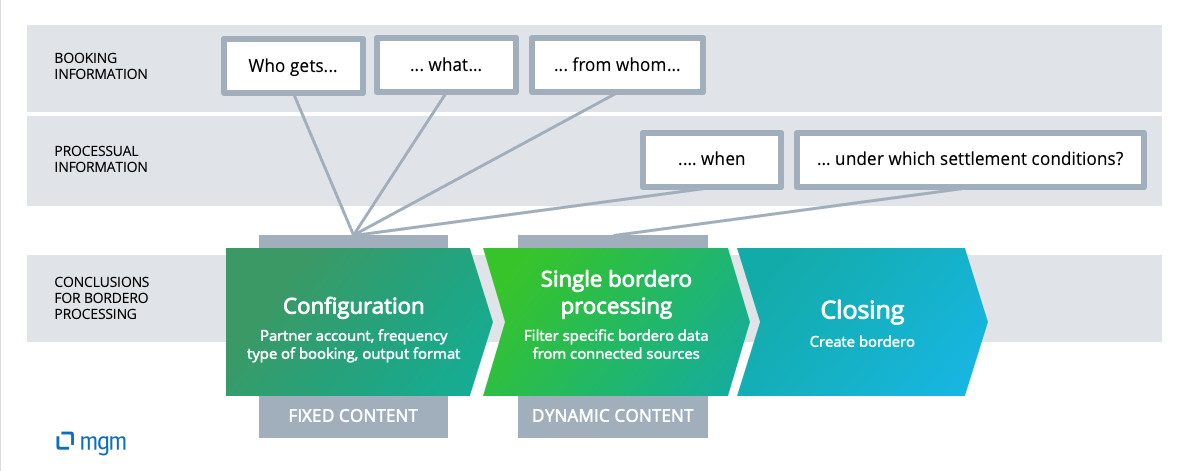Content
- How do the collection and settlement processes in industrial insurance work today from a business perspective?
- What are the current challenges for these settlement processes?
- What would an ideal world for digital broker or insurer billing look like?
- How can the complex process of collective settlement between industrial insurers, MGAs and brokers be automated?
- How can the outgoing broker settlement be automated hands-on?
- Does a complex IT project have to be set up at the insurer, MGA or broker for the automation of outgoing collective settlements?
- What is an examplary financial return for the automation of outgoing collective settlements?
- How can BiPRO assist with the billing processes?
The complex billing processes between market partners in industrial insurance tie up resources on all sides – without offering customers added value. Especially repetitive processes with always the same data flows offer high automation potential. This article uses the example of outgoing collective settlements to show what automation can look like in concrete terms.
The settlement processes between industrial insurers and brokers are among the quantitatively and qualitatively challenging processes in industrial insurance: premiums, brokerage fees and claims payments are usually not settled individually among each other, but in collective settlements carried out monthly or quarterly. Insurers and brokers use the terms bordereau, agent or insurer collection settlement or brokerage or commission settlement in this context. Tax settlement also frequently falls within this range of topics, as payment flows between the end customer, broker and risk carrier must also be settled here.
How do the collection and settlement processes in industrial insurance work today from a business perspective?
Industrial brokers and industrial insurers manage their customer data, offers, policies and claims in separate systems. This also applies to any underwriters or reinsurers involved. The insured client pays the insurance premium either to the broker or to the insurer, who must then pass on the shares for the other parties involved. In the simplest case, the broker receives the gross premium from the end client and passes it on to the insurer after deducting the brokerage and, if applicable, tax. Depending on the complexity of an industrial insurance contract (many covers, several insurers involved, international business with different currencies and taxes), very complex payment flows may arise here under certain circumstances.
What are the current challenges for these billing processes?
If the payments are combined in a collective settlement (e.g. all premium payments of a month between a broker and an insurer), a sum is transferred via the bank account and a settlement document (bordereau) is exchanged as an attachment. The challenge for both sides – broker and insurer – is now to reconcile these settlement documents: Are the sums or offsets correct? Which settlement items can be marked as completely “balanced” ? Where have only partial payments been made?
Since brokers and insurers assign different numbers to their policies, a clear allocation of individual payments is not always possible. Different formats of the settlement documents (table contents, sequence, net/gross differentiation, etc.) make this even more difficult.
Each market partner can take on the role of sender of a collective settlement (outgoing bordereau) as well as the recipient of a collective settlement (incoming bordereau).
How can the complex process of collective settlement between industrial insurers, MGAs and brokers be automated?
In an ideal world, brokers and insurers would exchange information
- Over the complete life cycle of an insurance policy (from the initial offer to the policy, various policy addenda and claims settlements).
- in real time
- with unique numbers and markings
- across the system boundaries of brokers and insurers,
so that all administrative and also payment processes are always clearly assignable.
The same contract would then be identified as “contract no. 4711” in the insurance system, broker system and also in the regular collective settlement documents. If this data were then exchanged digitally via interfaces between brokers and insurers, 90 % of all billing processes could be carried out fully automatically. The manual search and allocation of individual settlement items would be completely eliminated, and the responsible employees could concentrate on correcting a few incorrect entries or clarifying open items.
How can the complex process of collective billing between industrial insurers, underwriters and industrial brokers be automated?
Automating operational sub-processes also means standardising them to a certain extent. This does not require a “big digitisation project”. All the necessary systems (and data) already exist. However, they do not communicate with each other.
As part of the digitisation strategy, it is important to identify where repetitive processes and data flows meet.
- What information always remains the same in the exchange between the partners?
- What information changes flexibly?
- What data is exchanged?
- When? And with whom?
- Which IT systems are involved?
Based on this information, booking and process information of the collective settlements is structured and made processable.
How can the outgoing broker settlement be automated hands-on?
The example of the software solution mgm Cosmo Bordereau App can be used to illustrate automation in concrete terms: Cosmo Bordereau is connected to one or more inventory management or broker management applications to obtain the contract or claims data.
The automatic consolidation of data from different sources (e.g. applications for individual divisions or individual companies) is a first important step in the automation process.
Source: mgm Cosmo Bordereau App
For accounting processes, the subsequent processing is structured according to the principle: “Who gets what from whom under which timely and professional conditions?”.
The result is two basic components for the outgoing collective settlement.
- A fixed information framework that is individual for each placement partner, but always remains the same in its structure: Account, cycle, booking type and structure or presentation of the bordereau document.
- A dynamic, flexible part that especially serves the individual conditions between the partners. Here, individual data from the various source systems are filtered out and processed for each new collective settlement.
Finally, fixed and dynamic contents are combined into a single collective settlement document and the corresponding bookings and documents are created.
Source: mgm technology partners
The creation and booking of Bordereau documents now runs automatically every month or on the individually set key date. Through the set parameters, the Cosmo Bordereau app recognises which positions, for which partners are due on the key date. The contents are automatically filtered from the systems, summarised in a document and the corresponding booking records are updated so that these can be transferred to the further processing systems (e.g. to an accounting application).
Does a complex IT project have to be set up at the insurer, MGA or broker for the automation of outgoing collective settlements?
This depends on the Bordereau software used. For the example of the software solution mgm Cosmo Bordereau App, the solution can be integrated into an existing software landscape with relatively little effort. Initially, the Bordereau App can be operated “standalone” (i.e. without an interface connection to inventory management or MVP); data is then retrieved via file exchange in CSV format. A deeper, API-based integration can then take place at a later date.
As a rule, implementation proceeds in the following five steps:
- Stage 1: Definition and selection of a typical collective settlement scenario at the underwriter or insurer, ideally in coordination with the corresponding market partners.
- Stage 2: Structuring the data based on the chosen scenario: fixed and dynamic content
- Stage 3: Building and testing the Bordereau prototype in the Bordereau app
- Stage 4: Transfer to further collective billing scenarios
- Stage 5: Final tests and acceptance
Prerequisite using the example of an insurer or broker: A professionally competent expert is named who will be available during the course of the project of approximately 8-12 weeks to provide input for the project team, which is estimated to consist of 2 to 3 members.
Results can be available after only 8-12 weeks .
What is an examplary financial return for the automation of outgoing collective settlements?
The following assumptions are made for an ROI consideration:
- There are 20 outgoing statements per month, e.g. for different insurers, brokers or other cooperation partners.
- 2 hours are required for the preparation and verification of each statement.
- This means that 40 hours (=5 days) are required per month and 60 days per year (corresponds to approx. 25 FTE).
- The internal cost rate is EUR 70 (full cost consideration).
The use of a Bordereau application can reduce the effort to 1/2 hour per outgoing statement (primarily verification effort, especially at the beginning of the software introduction). Based on the assumptions made above, this corresponds to an annual savings potential of 45 days or EUR 25.200.
For the analysis of profitability one should also take into account that the software solution scales better than manual work: if the insurance company or broker grows in the future (size of the portfolio, number and scope of settlements), e.g. also through the acquisition of companies, a software solution can absorb this much more efficiently instead of adding staff: Once it has been set up, the software does not care whether it carries out 20 or 100 settlements.
How can BiPRO assist with the billing processes?
To connect a Bordereau software via interface (API) to an inventory management system or MVP, the BiPRO standard, among others, can also be used. For details see our article “For which industrial insurers and industrial brokers is the BiPRO intermediary settlement interesting?”.










